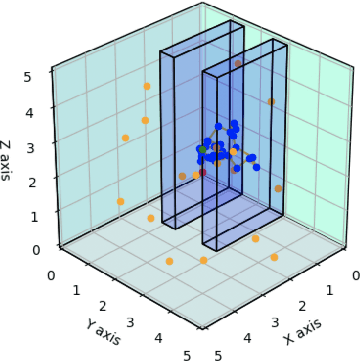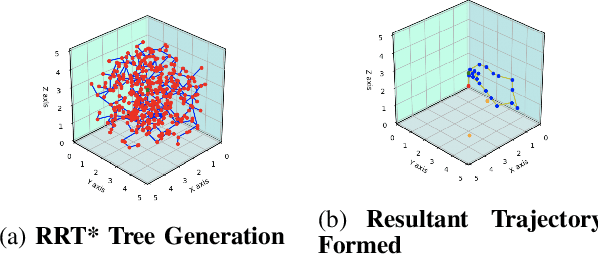Banafsheh Rekabdar
Dynamic and Adaptive Feature Generation with LLM
Jun 04, 2024



Abstract:The representation of feature space is a crucial environment where data points get vectorized and embedded for upcoming modeling. Thus the efficacy of machine learning (ML) algorithms is closely related to the quality of feature engineering. As one of the most important techniques, feature generation transforms raw data into an optimized feature space conducive to model training and further refines the space. Despite the advancements in automated feature engineering and feature generation, current methodologies often suffer from three fundamental issues: lack of explainability, limited applicability, and inflexible strategy. These shortcomings frequently hinder and limit the deployment of ML models across varied scenarios. Our research introduces a novel approach adopting large language models (LLMs) and feature-generating prompts to address these challenges. We propose a dynamic and adaptive feature generation method that enhances the interpretability of the feature generation process. Our approach broadens the applicability across various data types and tasks and draws advantages over strategic flexibility. A broad range of experiments showcases that our approach is significantly superior to existing methods.
A Survey of AI Music Generation Tools and Models
Aug 24, 2023Abstract:In this work, we provide a comprehensive survey of AI music generation tools, including both research projects and commercialized applications. To conduct our analysis, we classified music generation approaches into three categories: parameter-based, text-based, and visual-based classes. Our survey highlights the diverse possibilities and functional features of these tools, which cater to a wide range of users, from regular listeners to professional musicians. We observed that each tool has its own set of advantages and limitations. As a result, we have compiled a comprehensive list of these factors that should be considered during the tool selection process. Moreover, our survey offers critical insights into the underlying mechanisms and challenges of AI music generation.
Predictive Probability Path Planning Model For Dynamic Environments
Jul 29, 2020



Abstract:Path planning in dynamic environments is essential to high-risk applications such as unmanned aerial vehicles, self-driving cars, and autonomous underwater vehicles. In this paper, we generate collision-free trajectories for a robot within any given environment with temporal and spatial uncertainties caused due to randomly moving obstacles. We use two Poisson distributions to model the movements of obstacles across the generated trajectory of a robot in both space and time to determine the probability of collision with an obstacle. Measures are taken to avoid an obstacle by intelligently manipulating the speed of the robot at space-time intervals where a larger number of obstacles intersect the trajectory of the robot. Our method potentially reduces the use of computationally expensive collision detection libraries. Based on our experiments, there has been a significant improvement over existing methods in terms of safety, accuracy, execution time and computational cost. Our results show a high level of accuracy between the predicted and actual number of collisions with moving obstacles.
 Add to Chrome
Add to Chrome Add to Firefox
Add to Firefox Add to Edge
Add to Edge